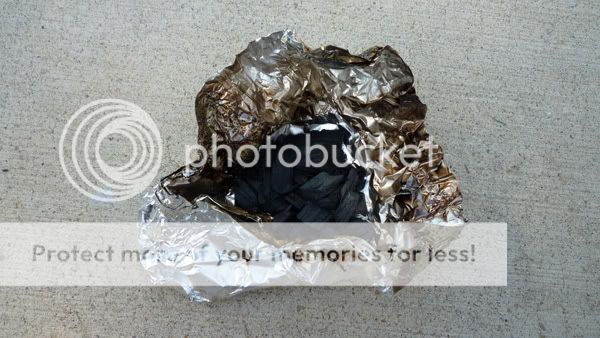BBQ Bandit
Babbling Farker
Problems with ventilation can be a PITA... try keeping the little door open until you see the temp rise... then close the door when coming close. May require to manually stoke the fire more often without vent holes.
There is a recent thread on mods on the ECB (Extremely Cheap Brinkmann or El Cheapo Brinkmann)... which is one of the variations of your SnP. The mods within the thread would have been helpful.
http://www.bbq-brethren.com/forum/showpost.php?p=1009948&postcount=7
The charcoal pan "did" have air venting holes on the bottom of the bowl (once upon a time)... presented two issues. (One - hot embers dropping on ground - no good) and (two - allowed better air ventilation). A fire hazzard won out with legal issues.
If you must... a large drill bit in a few strategic locations might help... and add a bbq floor mat underneath.
The easiest is using a Weber Smokey Joe (Weber's smallest kettle) lower half as your charcoal pan... provides an independent container with a charcoal bottom grate, support legs, and a bottom adjustable vent. If you can... run out and find one at a Wal-mart/big box store. The trick is handling the original lit charcoal pan for a fire transplant to the Smokey Joe. Please be careful.
There is a recent thread on mods on the ECB (Extremely Cheap Brinkmann or El Cheapo Brinkmann)... which is one of the variations of your SnP. The mods within the thread would have been helpful.
http://www.bbq-brethren.com/forum/showpost.php?p=1009948&postcount=7
The charcoal pan "did" have air venting holes on the bottom of the bowl (once upon a time)... presented two issues. (One - hot embers dropping on ground - no good) and (two - allowed better air ventilation). A fire hazzard won out with legal issues.
If you must... a large drill bit in a few strategic locations might help... and add a bbq floor mat underneath.
The easiest is using a Weber Smokey Joe (Weber's smallest kettle) lower half as your charcoal pan... provides an independent container with a charcoal bottom grate, support legs, and a bottom adjustable vent. If you can... run out and find one at a Wal-mart/big box store. The trick is handling the original lit charcoal pan for a fire transplant to the Smokey Joe. Please be careful.
Last edited:













